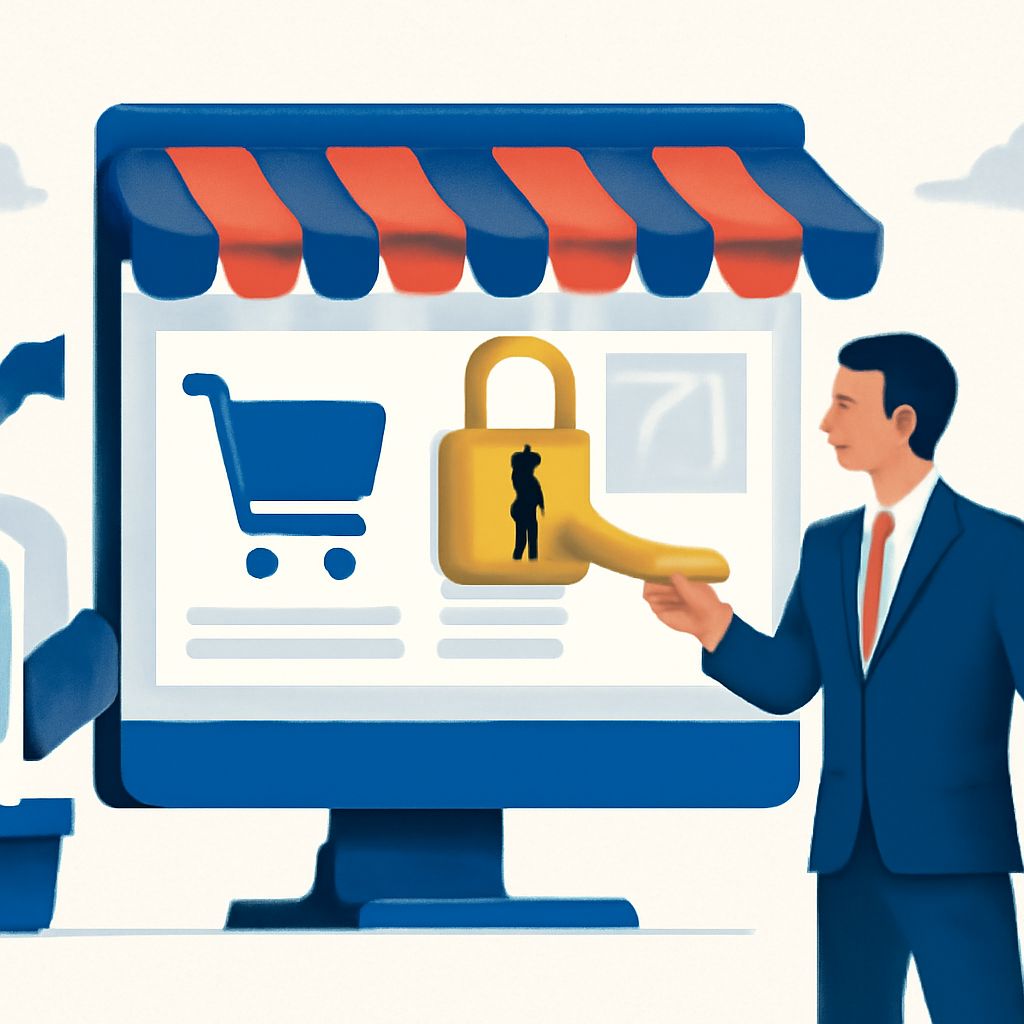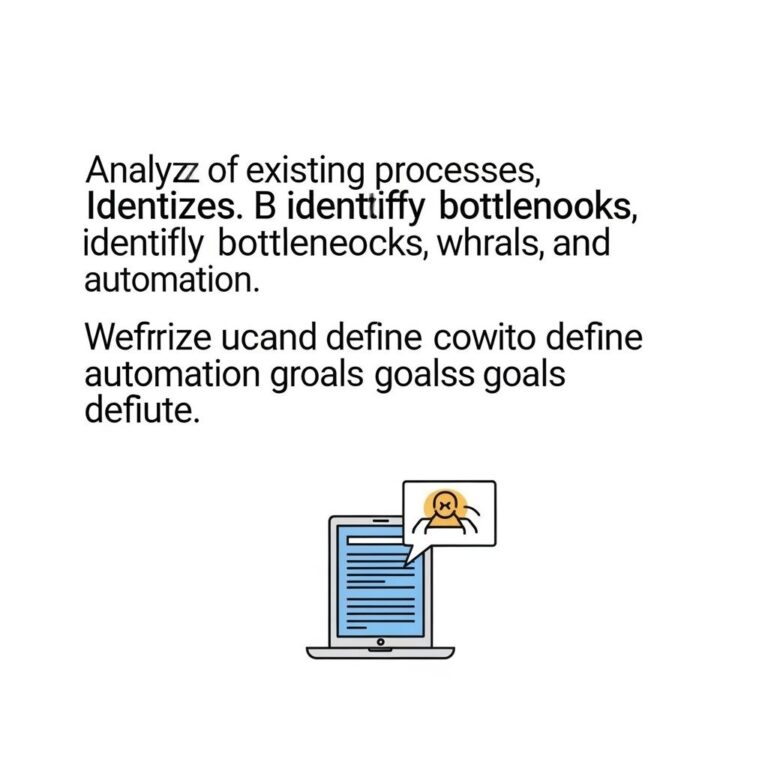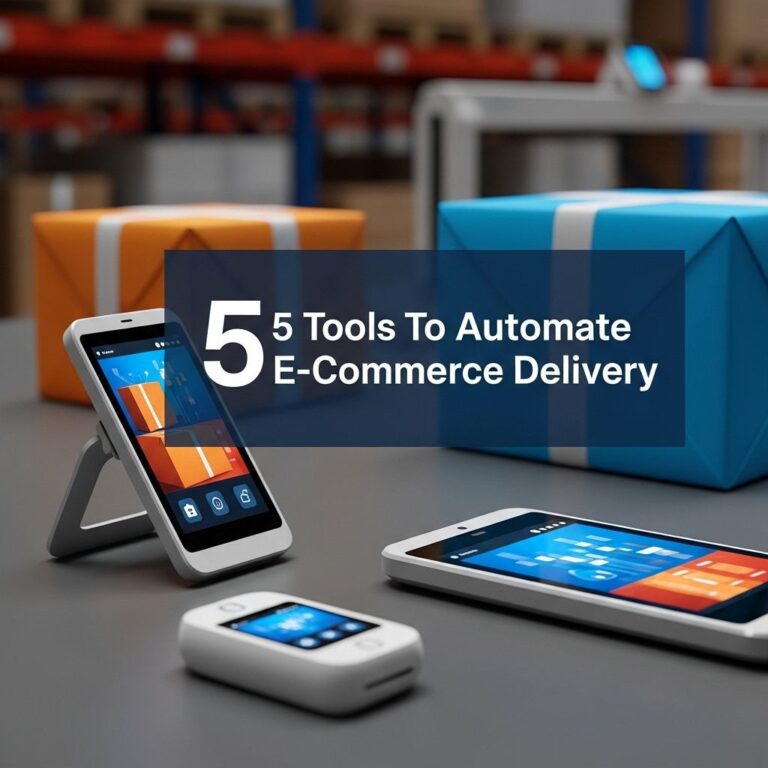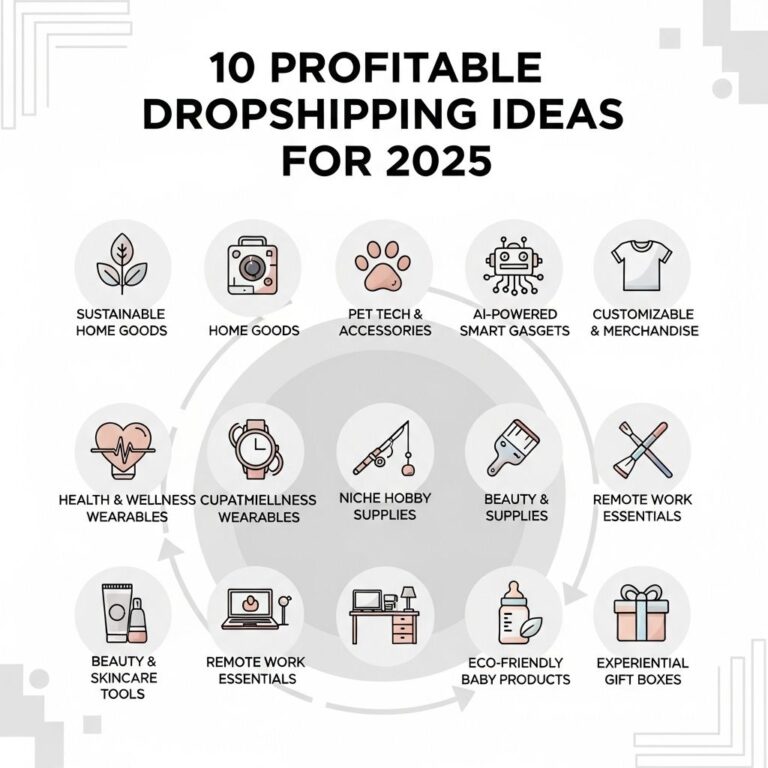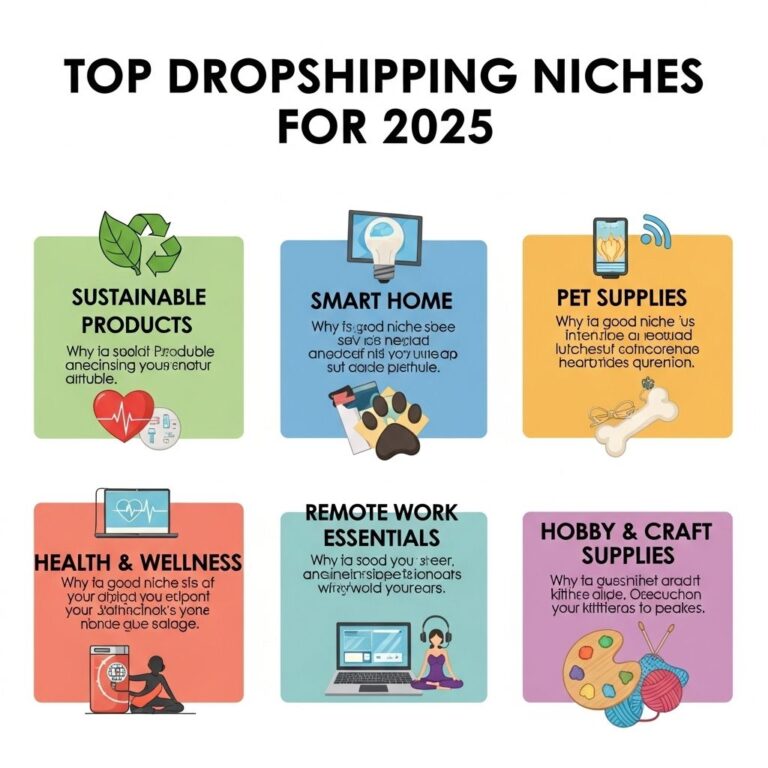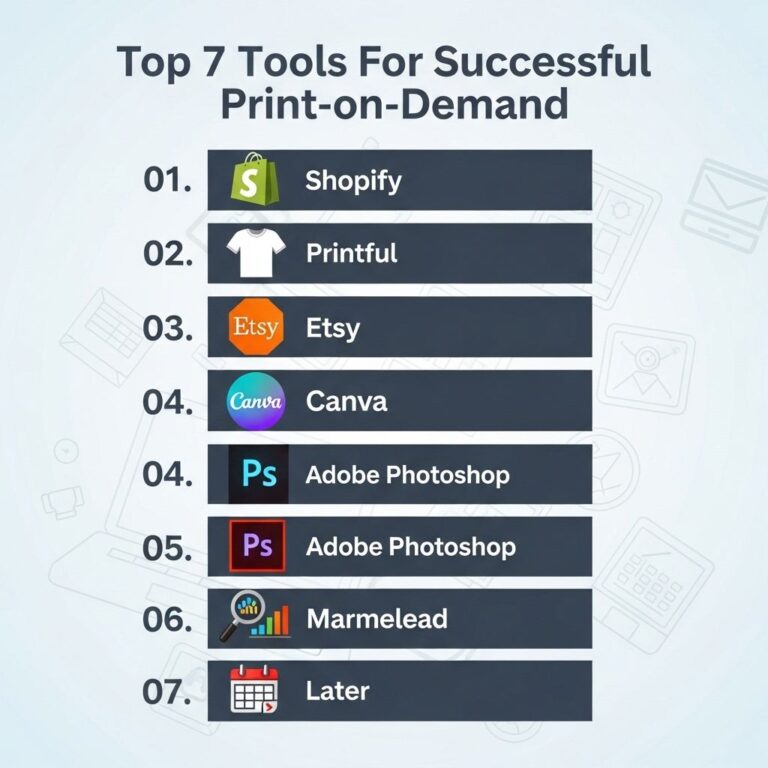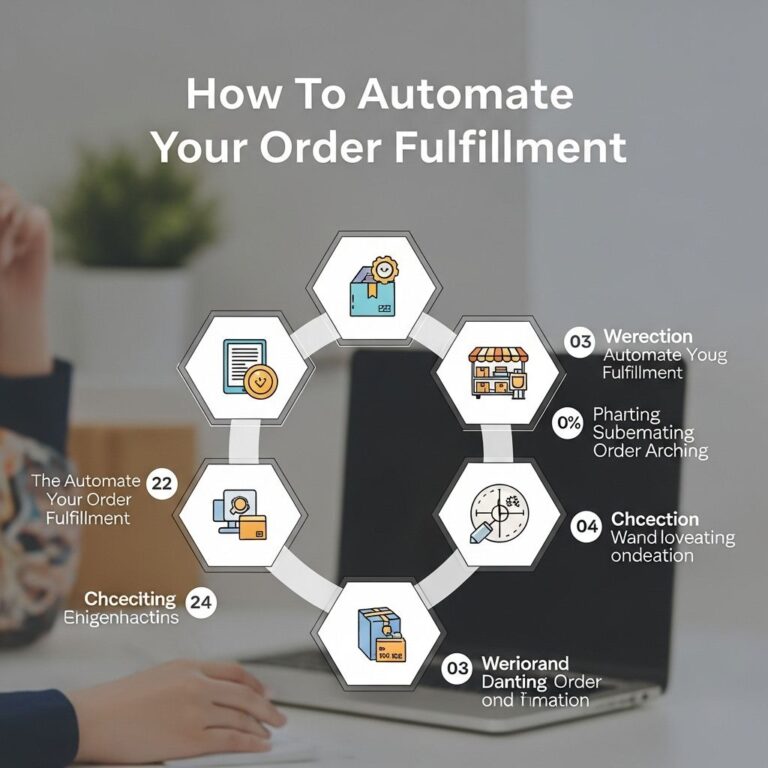Table of Contents
Introduction to E-commerce Success
In today’s digital age, establishing a successful online storefront involves more than just setting up a website. It requires strategic planning, understanding customer behavior, and employing the right tools to engage and convert visitors into loyal customers. This article explores effective e-commerce strategies that can significantly impact your business growth.
From optimizing your user interface to leveraging data analytics, we dive into various approaches that ensure not just traffic, but meaningful interactions and conversions. Whether you’re a seasoned retailer or a startup, these strategies can help you navigate the dynamic world of online business.
Understanding Your Audience
The first step to e-commerce success is understanding your audience. Knowing who your potential customers are and what they seek can guide your product offerings and marketing strategies. Consider these methods to gain insights into your audience:
- Conducting surveys and polls on your website and social media platforms to gather feedback directly from users.
- Analyzing customer data, like purchase history and browsing patterns, to identify trends and preferences.
- Using tools such as Google Analytics to track website performance and visitor demographics.
By tailoring your content and product listings to meet the needs of your audience, you enhance user experience and increase the likelihood of conversions.
Creating Buyer Personas
Creating detailed buyer personas can be particularly useful in understanding your audience. A buyer persona is a semi-fictional representation of your ideal customer based on market research and real data about your existing customers. When building buyer personas, consider including customer demographics, behavior patterns, motivations, and goals. The more detailed you get, the better. These personas can significantly inform your product development, messaging, and marketing strategies.
Optimizing the User Experience
Creating a seamless and intuitive user experience is crucial for any digital storefront. Visitors should be able to navigate your website with ease, find what they are looking for, and complete transactions without hassle. Some key strategies include:
- Ensuring your website is mobile-friendly since a significant portion of online shopping occurs on mobile devices.
- Streamlining the checkout process by reducing the number of steps needed to complete a purchase.
- Providing efficient customer support, including live chat options and comprehensive FAQs.
A user-friendly site not only increases customer satisfaction but also boosts your site’s credibility and trustworthiness.
Investing in a Responsive Design
Investing in a responsive design is more important than ever. It ensures that your website functions well on any device, from large desktop monitors to small smartphone screens. A responsive design adapts the layout to the viewing environment by using fluid, proportion-based grids and flexible images. This adaptability greatly influences your site’s SEO performance and user engagement levels.
Leveraging Data and Technology
Incorporating the latest technology and effective data analysis can transform how you operate your e-commerce store. It’s crucial to leverage these tools to gain a competitive edge:
- Utilizing AI-powered recommendation engines to personalize the shopping experience by suggesting relevant products to users.
- Implementing automated marketing campaigns that target customers with tailored advertisements based on their previous interactions.
- Using CRM systems to manage customer relationships and gather valuable insights that inform business strategies.
The use of data-driven approaches helps in making informed decisions, understanding market trends, and providing personalized experiences that resonate with customers.
The Power of A/B Testing
A/B testing, or split testing, is a method of comparing two versions of a webpage or other user experience to identify which one performs better. By running A/B tests, e-commerce businesses can evaluate changes to their web pages or product designs and determine which changes lead to improved outcomes. Using insights from these tests, you can make strategic decisions to optimize your online store’s performance and user satisfaction.
Building Customer Loyalty
The cost of retaining a customer is significantly lower than acquiring a new one. Therefore, focusing on customer loyalty can be an immensely profitable strategy. Here are some ways to build and maintain loyalty:
- Running loyalty programs that reward repeat purchases and customer referrals.
- Providing personalized shopping experiences that make each customer feel valued and understood.
- Engaging your audience with quality content that informs, entertains, or otherwise adds value to their experience.
- Regularly communicating with customers through email newsletters, often including exclusive deals or early access to sales.
By fostering a loyal customer base, you not only increase the chances of repeat purchases but also benefit from customer advocacy and word-of-mouth marketing.
Handling Customer Feedback
Customer feedback is an invaluable resource for improving your e-commerce store. Proactively seek feedback through surveys, reviews, and direct communication. Addressing negative feedback promptly can not only salvage a customer relationship but also provide you with critical insights on areas that need improvement. Encouraging positive reviews and sharing customer testimonials can further enhance your brand reputation.
Effective Marketing Strategies
Marketing is a critical component in driving traffic and conversions for your e-commerce store. Here are some proven strategies:
- Search Engine Optimization (SEO): Ensure your product pages are optimized for search engines to increase visibility and organic traffic.
- Content Marketing: Create valuable content that attracts, engages, and converts your target audience.
- Social Media Marketing: Leverage platforms like Instagram, Facebook, and Twitter to reach more potential customers and engage with your audience.
- Email Marketing: Build an email list and regularly send out newsletters with content and promotions tailored for your audience.
- Paid Advertising: Use PPC and social media ad campaigns to reach a broader audience.
An effective marketing strategy requires a blend of these methods to improve visibility, build relationships with potential customers, and drive sustainable growth.
Using Influencer Collaborations
Influencer marketing has emerged as a powerful tool for e-commerce businesses. Collaborating with influencers broadens your reach by tapping into established communities. Influencers can showcase your products to their followers, offering authentic endorsements that are more likely to resonate with potential customers. Choose influencers whose audience aligns with your target market for maximum impact.
FAQ
What are the key components of a successful digital storefront?
Key components include a user-friendly interface, mobile optimization, effective use of technology, and a deep understanding of your audience.
How important is mobile optimization for e-commerce stores?
Extremely important, as a significant portion of e-commerce traffic now comes from mobile devices. A mobile-optimized site improves user experience and boosts sales.
What role does data analytics play in e-commerce?
Data analytics helps businesses understand customer behavior, personalize marketing efforts, and make informed decisions that drive growth and efficiency.
How can businesses personalize the customer experience?
Personalization can be achieved by using AI technologies to offer product recommendations and by targeting marketing efforts based on user data and behavior.

